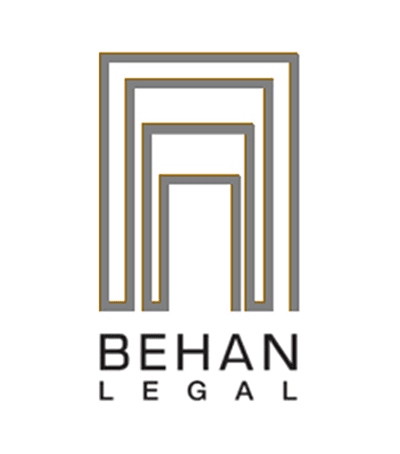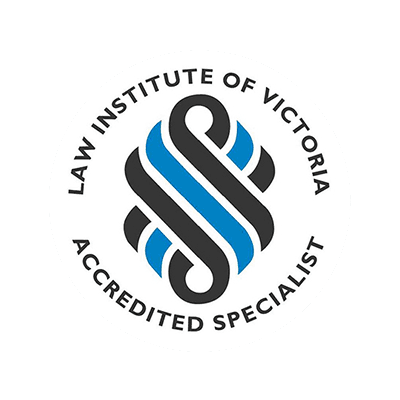Business Investment In Trade Marks
PROTECT CREATIVITY & INNOVATION
Success in business depends partly on protecting creativity and innovative new ideas or concepts, which may consist of a letter, a number, a word, phrase, sound, smell, shape, or a logo that distinguishes your goods and services from others in the business world by creating a distinctive image.
Business owners invest substantial time; effort and money in creating a brand or a distinctive image and the more successful business entrepreneurs not only plan this difference, they also implement steps to protect and enhance their investment by strategically registering their idea or concept by way of Trade Mark. By registering their work as a Trade Mark, they gain recognition and legal ownership for devising and developing the idea.
Obtaining legal recognition gives ownership and priority rights over the Trade Mark and other common law rights that protect the Trade Mark if someone infringes, or attempts to pass off your Trade Mark with similar products or services. Ownership provides the legal ability to assign, sell, or license to others, which will produce either a capital profit or an income.
Registration of a Trade Mark gives you legal protection in the country of registration although under International Conventions, one can seek to register the Trade Mark in other countries with priority.
TRADE MARK REGISTRATION
It is critical to understand the specific nature of the products and services that the idea or concept extends to, or covers so the business owner can determine the categories that require protection. The application must be clear and specific about these issues to avoid conflict with existing Trade Marks and to cover the ambit preventing others from registering similar ideas or concepts.
Usually, this application for registration would be the first indication of use, or intended use of the Trade Mark for the specified goods and services, which is critical when others claim priority. Registration is not automatic and can take a substantial time, which involves an examination of the products and services and a preliminary determination to see if there is likely to be an infringement of a registered Trade Mark where the application is substantially identical, or deceptively similar. An infringement will occur if one uses a substantially identical or deceptively similar Trade Mark on products or services similar to or closely related to the registered products or services.
On acceptance of the application, an advertisement of the proposed Trade Mark will appear in the Official Journal of Trade Marks. During the period of three months after the advertisement, anyone can oppose the registration and the application will proceed to Court for determination.
If there is no opposition, or the opposition fails, registration will occur on payment of registration fees. The Registrar issues a Certificate of Registration, which is the legal title document proving registration and ownership. The Trade Mark is valid for a period of 10 years and renewable for further periods of 10 years.
ONGOING PROTECTION
It is the owner’s responsibility to protect, to ensure actual use of, and prevent any infringements of the Trade Mark. The Trade Mark requires ongoing protection by marking the Trade Mark with the letters:
- “™” Before registration, and
- “®” After registration to prove registration
The preventative processes one can take to protect the Trade Mark are to ensure that:
- The Trade Mark does not become a generic name for the goods or services;
- One gives notice to the Australian Custom Service objecting to the importation of infringing goods
- One continuously uses the Trade Mark, since anyone can apply for its removal for non-use over three years.
The essence of a valuable business is goodwill and reputation usually generated by marketing. Marketing usually focuses on the Trade Mark to generate an association in the public between the products and services, and the business. This association is an asset of the business, can be equivalent to the sales of the products or services, and requires protection like any other business or personal asset. There are many legal ways one can protect this asset.
One can use the legal action of passing off to protect the business goodwill and reputation. This legal action covers the mark or name, and any descriptive material such as the advertising slogan or images that customers use to associate the products or services with the business. The legal action of passing off prevents a trader from gaining a commercial advantage by simply taking attributes of another’s successful business. The elements of passing off actions lie in the following:
- A reputation or goodwill exists;
- Deceptive conduct on the part of another
- The existence or threats of damage resulting from the deceptive conduct, and
- The suffering of a loss by the injured party
REPUTATION OR GOODWILL
Passing off relies on reputation and so it is important to establish that the products or services are attributable to your business. The issues about the existence of reputation are complex and range from how one establishes reputation to the localization of reputation. For example, a business can establish an association and goodwill between the products and the business by using an identifying name or mark, and can use packaging of goods, or images created in advertising to distinguish the products and create the association. A business that places new products or services on the market without aggressively marketing its connection risks imitators moving in, who will take advantage of its success before it has built up its own distinctive reputation.
DECEPTION
Deception about passing off involves one business purporting to represent its products as that of the successful business. However, the law now covers situations where one trader uses marketing or other means, either obviously or covertly, to imply that there is a connection, association, or sponsorship to the other business. Deception can occur when one takes advantage of a special characteristic attached to the products such as the origin and quality associated with the products.
DAMAGES & REMEDIES
To obtain remedy for any loss due to passing off, one must establish either actual loss or a real prospect of loss. There are various aspects of a business that are important for its reputation and goodwill and which may suffer loss because of deception. For example, a loss may arise from the devaluation of the goodwill due to loss of trade, or it may extend to the loss of potential to capitalise on the goodwill.
The primary remedy to stop the passing off conduct by injunction and the type of loss will determine the amount of damages that will be available. In the event, one becomes aware of an infringement it is critical to the success of an application for injunction that one takes immediate action and does not procrastinate as the Court will not grant the orders stopping an infringement or a passing off.
NEED MORE INFORMATION
Behan Legal advises and assists on these important issues. For an appointment, call 03 9646 0344.


